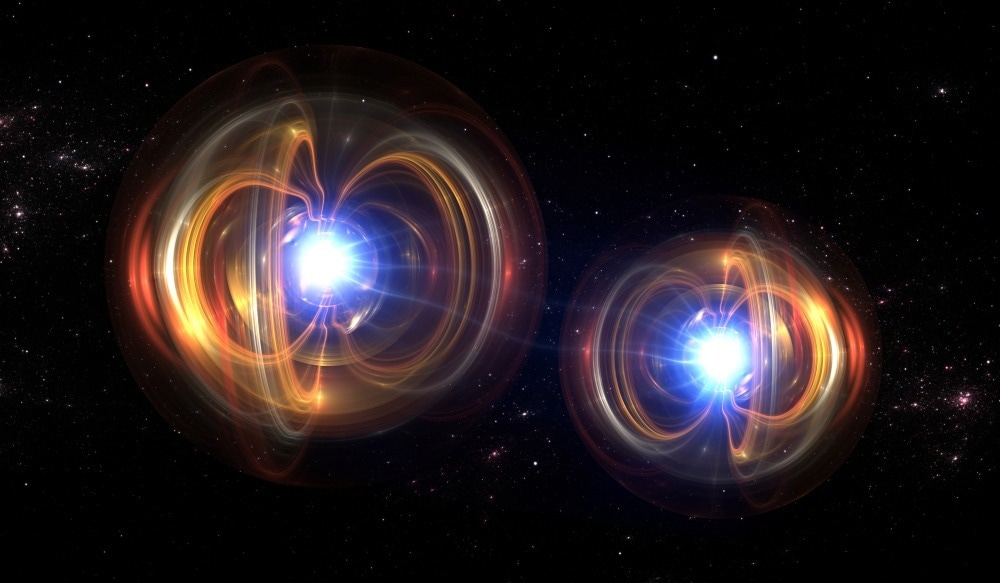
Image Credit: Jurik Peter/Shutterstock.com
Researchers are already using this kind of qubit to make really amazing sensors. What we have done is come up with a better way of getting the most information we can out of these qubits.”
Aashish Clerk, Study Senior Author and Professor, Molecular Engineering, University of Chicago
Qubits Light the Way
Atoms of carbon are placed in a repetitive lattice to form a flawless diamond. The way the new, stand-alone atom sits in the middle of the diamond’s rigid structure gives it special quantum features.
Swap out one of these atoms for something different, like a nitrogen atom. This “solid-state defect” modifies how it spins and stores energy in response to minute changes in the environment, including temperature and energy.
The quantum state of one of these qubits can be examined by shining a light on it and then observing how the light is refracted and released, enabling its use as a quantum sensor.
However, it can be challenging to analyze the data from a solid-state defect, especially when numerous such qubits are integrated into a single sensor. The energy that each qubit releases influences the behavior of neighboring qubits.
Clerk added, “The qubits all end up correlated with each other in a funny way that doesn’t make sense classically. What one qubit does is intimately connected with what other qubits do.”
Furthermore, any data that was encoded in a qubit is lost when it resets to its ground state after being exposed to light for a sufficiently enough time.
Amplifying Information
The first author of the current work, postdoctoral research fellow Martin Koppenhöfer, and Clerk set out to investigate a fundamental topic about the physics governing how qubits interact with one another. During the course of this research, a new technique for extracting data from solid-state defect qubits was found.
Researchers typically ignore the precise nature of the qubits when this energy is being released, focusing instead on the data before and after this rapid burst, which is caused by a network of solid-state defects.
However, Clerk’s team found that even more private information about the qubits is contained in this energy release, known as “superradiant spin decay.”
People had assumed that all the qubits start out excited and they all end up relaxed, and it seems really boring. But we found that there is this slight variation between qubits; they are not all completely excited and they don’t all relax completely in synchrony.
Aashish Clerk, Study Senior Author and Professor, Molecular Engineering, University of Chicago
Clerk and his team demonstrated how the information held in solid-state defects is enhanced by focusing on that hitherto overlooked time period in the middle of superradiant spin decay.
The Future of Quantum Sensing
The new method offers a much-needed sensitivity enhancement for engineers working to create quantum sensors that measure everything from magnetic fields—for better navigation or study of molecular structures—to temperature changes inside living cells.
Clerk further added, “In the past, the very noisy final readout of qubits in these sensors has really limited everything. Now, this mechanism gets you to a stage where you don’t care about that noisy final readout; you are focused on the more valuable data encoded before it.”
Future research will focus on how to further increase the sensitivity of solid-state defects by separating the data from each qubit rather than receiving a single readout from the entire entanglement. They believe their new approach makes achieving that objective more feasible than in the past.
The DARPA DRINQS Program (D18AC00014) and Q-NEXT provided funding for the study.
Journal Reference:
Koppenhöfer, M., et al. (2022) Dissipative superradiant spin amplifier for enhanced quantum sensing. PRX Quantum. doi:10.1103/PRXQuantum.3.030330